[Part 18]
[Benton Bradberry’s 2012 book, “The Myth of German Villainy” is a superb, must-read, revisionist look at how the German people have been systematically, relentlessly and most importantly, unjustly vilified as the arch criminal of the 20th century. Bradberry sets out, coolly and calmly as befits a former US-Navy officer and pilot, to show why and how the German people have been falsely accused of massive crimes and that their chief accuser and tormentor, organized jewry is in fact the real party guilty of monstrous crimes against Germans and the rest of the world.
In Part 18, the period between September 1939 and April 1940, known in America as the Phony War, in Britain as the Twilight War, and in Germany as the Sitzkrieg is discussed, with emphasis on the Russo-Finnish War, the German Norway/Denmark Campaign, the German invasion of Denmark and Norway, and Churchill replacing Chamberlain as Prime Minister.
Churchill, as First Lord of the Admiralty, unilaterally took it upon himself to order the mining of Norwegian coastal waters for the purpose of blocking German iron ore shipments. This was a flagrant violation of Norway’s neutrality, and it posed an intolerable threat to Germany. Germany reacted quickly by invading Denmark to facilitate the invasion of Norway. With the help of the German sympathizer Vidkun Quisling, head of the Norwegian National Socialist Party, the Norwegian armed forces stopped resisting the Germans and soon Norway was occupied by Germans and the subsequent British invasion was repelled.
Churchill’s failure in Norway was then used by the pro-war faction to replace Chamberlain with Churchill as the Prime Minister — KATANA.]
NOTE: The author has very generously given me permission to reproduce the material here — KATANA.
The book can be bought at Amazon here: The Myth of German Villainy
The Myth of
German Villainy
by
Benton L. Bradberry
Contents
[Clicking on a link in the Contents here will take you to that Part, in a separate post]
[Part 01]
Chapter 1 – The Myth of Germany as an Evil Nation
Germany’s Positive Image Changes Overnight
[Part 02]
Chapter 2 – Aftermath of the War in Germany
The Versailles Treaty
Effect of the Treaty on the German Economy
Was the War Guilt Clause Fair?
Did Germany Really Start the War?
[Part 03]
Chapter 3 – The Jewish Factor in the War
Jews at the Paris Peace Conference
Jews in Britain
[Part 04]
Chapter 4 – The Russian Revolution of 1917
Bolsheviks Take Control
Jews and the Russian Revolution
Origin of East European Jews
Reason for the Russian Pogroms Against the Jews
Jews Leave Russia for America
Financing the 1917 Revolution
Jews in the Government of Bolshevik Russia
[Part 05]
Chapter 5 – The Red Terror
Creation of the Gulag
Bolsheviks Kill the Czar
Jews as a Hostile Elite
The Ukrainian Famine (Holodomor)
[Part 06]
Chapter 6 – The Bolshevik Revolution Spreads Throughout Europe
Jews in the Hungarian Revolution
Miklos Horthy Saves Hungary
Jews in the German Revolution
The Spartacist Uprising in Berlin
Jewish Bolsheviks Attempt to Take Italy
Jewish Bolsheviks Attempt to Take Spain — The Spanish Civil War
Czechoslovakia in Danger of Communist Takeover
The Comintern’s Aim? World Domination!
[Part 07]
Chapter 7 – The Nation of Israel
History of the Expulsion of Jews
[Part 08]
Chapter 8 – Jews in Weimar Germany
Jews Undermine German Culture
[Part 09]
Chapter 9 – Hitler & National Socialists Rise to Power
The 25 Points of the National Socialist Party
[Part 10]
Chapter 10 – National Socialism vs. Communism
National Socialism
Jews Plan Marxist Utopia
[Part 11]
Chapter 11 – Jews Declare War on Nazi Germany
Text of Untermeyer’s Speech in New York
The Jewish Persecution Myth
Effect of Boycott on the German Economy
Jewish Exaggerations are Contradicted by Many
[Part 12]
Chapter 12 – The Nazis and the Zionists Actually Work Together for Jewish Emigration out of Germany
The Nuremberg Laws – 1935
The Zionist Movement
[Part 13]
Chapter 13 – Life in Germany Under Hitler
Night of the Long Knives
1934 Annual Nazi Rally at Nuremberg
Hitler Revives the German Economy
Hitler Becomes the Most Popular Leader in the World
[Part 14]
Chapter 14 – Hitler Begins Reclamation of German Territory
Chapter 15 – The 1936 Olympics
[Part 15]
Chapter 16 – “Anschluss”. The Unification of Austria and Germany
Austrian Economy Revived
Austria’s Jews
[Part 16]
Chapter 17 – Germany Annexes the Sudetenland
[Part 17]
Chapter 18 – War with Poland
The Polish Problem
Hitler’s Proposal to Poland
Kristallnacht
German-Polish Talks Continue
Jews Influence both Roosevelt and Churchill
British and American Political Leaders Under Jewish Influence
Roosevelt’s Contribution to Hostilities
Lord Halifax Beats the War Drums
Germany Occupies Bohemia and Moravia
Roosevelt Pushes for War
Anti-war Movement Becomes Active
Poles Murder German Nationals Within the Corridor
[Part 18]
Chapter 19 – The Phony War
Russo-Finnish War
The Norway/Denmark Campaign
German Invasion of Denmark and Norway
Churchill Takes Chamberlain’s Place as Prime Minister
[Part 19]
Chapter 20 – Germany invades France Through the Low Countries
The Phony War Ends.
Churchill the War Lover
The Fall of France
Hitler Makes Peace Offer to Britain
[Part 20]
Chapter 21 – The Allied Goal? Destruction of Germany!
[Part 21]
Chapter 22 – Germany as Victim
Rape and Slaughter
Jewish Vengeance
The Jewish Brigade
[Part 22]
Chapter 23 – Winners and Losers
Chapter 19
The Phony War
Hitler was convinced that the future of Western civilization depended on the close cooperation of Germany with other European states, but particularly with her Aryan cousins, Britain and America. To Hitler, the big existential threat to Western civilization was Communist Russia, which he regarded as the base of Jewish world ambitions. He came to this conclusion as a young man when he first became interested in politics. He watched as the Bolshevik Jews took control of Russia and then launched their Red Terror. He watched as Jewish-led Communist revolutions sprang up all over Europe, which were organized and funded by the Comintern based in Russia, and backed by international Jewish banks. He came to power in Germany as an anti-Communist, and saw it as his life’s mission to fight Communism and to raise Germany up as a bulwark against the tidal wave of Jewish Communism which threatened to sweep over Christian Europe. He made every attempt to forge alliances with Britain and to have good relations with the United States, and was dismayed that his overtures were spurned at every turn. He was distressed and saddened that the threat to Western civilization posed by Communist Russia was not as obvious to the leaders of Britain and the United States as it was to him.
Hitler saw it as inevitable that Germany would eventually end up in a war with Communist Russia. It was only a matter of when, not whether. Soviet leaders were of the same mind. Hitler was convinced that Communist Russia would invade Europe, Germany first, at some time in the not too distant future whenever the Soviets felt strong enough to do so. When that day came, what he wanted more than anything was to avoid another two front war. Hitler had every interest from that standpoint alone in establishing and maintaining friendly relations with the other Western powers, particularly with Britain and the United States, in order to avoid any such likelihood. But he also wanted good relations with the other European nations because he believed that they each, like Germany, were an integral part of Western Christian Civilization, under siege by atheistic Jewish Bolshevism. The last thing Hitler wanted was a war with Britain and France. Pulitzer Prize winning author Louis Kilzer confirms this in his book, “Churchill’s Deception” – Simon & Schuster, (1994):
“‘Hitler did not want a world war, and had no stomach for fighting England,’ he wrote. But powerful forces in Britain and France wanted a war with Germany.”
Though Britain and France were in no position to intervene in Poland, they wasted no time in initiating military actions against Germany. The very next day after Britain and France declared war on Germany (September 3, 1939), RAF bombers bombed German warships in the Helgoland Bight (where the Elbe River flows into the North Sea). On September 7 the French crossed into the Rhine River Valley with 40 divisions to begin the “Saar Offensive,” but that effort was only half hearted and the offensive stopped just short of Germany’s defensive positions, known as the Siegfried Line, with only a few insignificant skirmishes taking place. The German army was preoccupied with the Polish war and did not mount a counter attack. No effort was made to oppose Germany’s occupation of Poland. So began an interlude variously known, in America as the Phony War, in Britain as the Twilight War, and in Germany as the Sitzkrieg, which began in September, 1939 and lasted until April, 1940. At times the situation seemed almost like a truce.
Nothing was happening on land, though a ferocious sea war was underway which became known as the Battle of the Atlantic. Britain’s great strength was her navy and she, along with France, immediately set up a total naval blockade to prevent shipments of any kind from either entering or leaving Germany. This was similar to the total blockade of World War I, which starved Germany into submission. Germany retaliated against the blockade with her submarine force.
[Add. image] SS Athenia seen in Montreal Harbour – 1933 Credit National Archives of Canada.
The first shot of the Battle of the Atlantic was fired on September 3, 1939 when a German U-boat sank the British liner, the SS Athenia, off the coast of Ireland. When France and Britain declared war on Germany, Hitler was still hopeful of a diplomatic resolution. He believed that after the Polish campaign was completed and matters settled down again that he might be able to dissuade France and Britain from war. For that reason, he wanted to avoid provocations of any kind, and issued strict orders forbidding U-boat attacks on non-military ships. Unfortunately, the first ship to be sunk by a U-boat was the passenger liner Athena, which was a violation of Hitler’s order.
[Add. image] The sinking of the SS Athenia as reported in the New York Times.
As Hitler had expected, this produced outrage among the Allies, as well as in neutral countries. The sinking of the Athena created the false impression that Germany intended to engage in unrestricted submarine warfare, as she had done during the First World War. But the sinking was done in error at dusk when it was difficult to see. The U-boat commander believed that the Athena was a warship. Hitler was furious, but the damage was done and no action was taken against the submarine captain.
On September 18, another German submarine sank the British aircraft carrier Courageous off the Scottish coast.
[Add. image] British aircraft carrier HMS Courageous, (22,500 tons), hit by two torpedoes of U-29 on Sept. 17 1939 south-west of Ireland . Sinking lasted 17 Minutes. 518 dead and 741 survivors.
When the war in Poland came to a quick end on September 27, 1939, Hitler made a peace offer to Britain and France, but it was rejected by both. Churchill by now was back in the government in Britain as the First Lord of the Admiralty, and openly clamored for all out war against Germany. He held Germany’s invasion of Poland up as proof that he had been right all along in warning of the Nazis plan to conquer the world. But, as described in previous chapters, Hitler had no such intention, and had no designs whatever on any West European state. Churchill and his gang of war mongers, including Duff Cooper, Lord Halifax, Anthony Eden, Robert Vansittart, and the Jewish controlled press, were working overtime whipping up war hysteria, nevertheless.
The Allied strategy during the Phony War was to hold defensive positions on land while maintaining its naval blockade to weaken the German economy, and to wage naval war. The British and French continued to re-arm at a rapid rate, and a sizable British expeditionary force was sent over to France. Belgium and the Netherlands were determined to stay out of the war. They maintained strict neutrality and refused to submit to pressure from Britain and France to move their troops into their countries.
[Add. image] Painting “The Bull of Scapa Flow: Günther Prien, the U-47, and the Attack on HMS Royal Oak”, by Don Hollway
[Add. image] A U-boat scene from the movie, “Das Boot“.
On the 8th of October three U-boats were sunk by the British and another was sunk on October 13. On October 14, in retaliation, a German U-boat entered Scapa Flow and sank the British battleship Royal Oak while it was at anchor. Nothing was happening as yet on land, though the air and naval war expanded furiously. German U-boats stepped up their attacks on British merchant shipping, causing worrying losses.
[Add. image] “Der Alte” Kapitänleutnant Günther Prien Commanding Officer, U-47. Despite a short career, one of the greatest U-boat aces of WWII.
The pocket battleship Admiral Graf Spee conducted a particularly destructive raid in the southern Atlantic ocean, destroying nine merchant ships in the fall of 1939. The British cruisers Exeter and Ajax and the New Zealand cruiser Achilles damaged the Graf Spee in a battle off the coast of Uruguay on December 13. The German ship took refuge in the neutral port of Montevideo, Uruguay, where, the Uruguayans insisted, it could remain for only 72 hours. Faced with certain destruction by the Allied ships waiting in international waters just outside the harbor, the captain of the Graf Spee ordered it scuttled in the harbor on December 17.
Russo-Finnish War
Despite the German/Soviet non-aggression pact, Stalin did not trust the Germans, and worried about Russia’s vulnerability to a possible German attack through the Baltic countries. In September and October, 1939, Stalin set about to close off this route by pressuring the tiny countries of Estonia, Latvia, and Lithuania into agreeing to permit Soviet troops to be stationed in their territories. On October 7 the Soviets demanded that Finland give up some of its territory for stationing of Russian troops and also demanded the use of Finland’s Hang naval base, all in exchange for Soviet territory on Finland’s eastern border. Finland agreed to everything except for the use of her naval base, but Russia persisted. These negotiations ended on November 30 when the Soviet Union invaded Finland.
[Add. image] A Finnish machine gun crew during the Winter War. The Winter War was a military conflict between the Soviet Union and Finland in 1939–1940. It began with the Soviet invasion of Finland on 30 November 1939 (three months after the outbreak of World War II), and ended with the Moscow Peace Treaty on 13 March 1940. The League of Nations deemed the attack illegal and expelled the Soviet Union from the League on 14 December 1939. Source: https://en.wikipedia.org/wiki/Winter_War
Although outnumbered and poorly equipped, the Finns were tough and well trained, and to everyone’s surprise, threw back the much larger Soviet forces. It turned out that Stalin’s purge of his military officers in 1937, during which approximately 30,000 Russian officers were murdered, had severely weakened the Soviet army, a point which Hitler took careful note of. But the Soviets reorganized, and in January, 1940 mounted another offensive, this time with more success.
[Add. image] Frozen Russian soldier propped upright by Finnish troops during the Winter War as a warning to other Russian troops.
On March 12, 1940, Finland signed a peace treaty and was forced to surrender all the Soviets had originally demanded, plus more. Finland gained nothing in the end by resisting the Soviet demands. Britain and France were working out ways to come to Finland’s aid against the Soviets but before plans were completed, Finland had capitulated.
The Norway/Denmark Campaign
[Add. image] Molotov signing a deal between the Soviet Union and the short-lived puppet state Finnish Democratic Republic, which existed on occupied territories during the Winter War.
[Add. image] Areas ceded by Finland to the Soviet Union.The Norway/Denmark Campaign
When Britain and France declared war on Germany on September 3, 1939, Norway, Sweden, Denmark and Finland immediately announced their neutrality. By so doing, these Scandinavian countries were following a policy they had adhered to since the mid-nineteenth century. In response, the German government formally agreed to respect Norway’s neutrality, but added that it would not tolerate infringement of Norway’s neutrality by a third power, meaning, of course, Britain.
Germany’s economy depended on the 11 million tons of iron ore imported from Sweden each year, about half of which passed through the ice-free Norwegian port of Narvik. As long as Norway remained neutral, German ore ships could travel safely from Narvik to Germany, remaining inside Norwegian waters by wending their way through the numberless islands fringing the Norwegian east coast. They were thereby unhindered by the British blockade. But the Altmark incident of February 16, 1940, during which Norwegian gunboats stood by and allowed a British destroyer to board a German transport ship — the Altmark — within Norwegian waters, caused Hitler to doubt that Norway could maintain her neutrality in the face of British determination and aggressiveness.
[Add. image] Vidkun Quisling (July 18, 1887 – October 24, 1945) was a Norwegian army officer and nationalist politician. He was Minister President in Norway from February 1942 to the end of World War II. In the course of the victor’s trials following the war, Quisling, along with two other Nasjonal Samling leaders, Albert Viljam Hagelin and Ragnar Skancke, was convicted of high treason and executed by firing squad at Akershus Fortress. The charges were based on his support of the German invasion in April 1940, his revocation of the mobilisation order, his encouragement of Norwegians to serve in the Norwegian SS division, and his assistance in the deportation of Jews. Source: http://en.metapedia.org/wiki/Vidkun_Quisling
The head of the National Socialist Party in Norway, was the German sympathizer Vidkun Quisling, who repeatedly warned the Germans of Britain’s intention to invade and occupy Norway. A British invasion of Norway, which could then easily be extended into Sweden, would completely cut off Germany’s essential iron ore supply, thus crippling Germany’s manufacturing industry. As First Lord of the Admiralty, Winston Churchill was now openly proposing an invasion of Norway, though Prime Minister Chamberlain, who was far less enthusiastic for war than Churchill, was still indecisive in the matter. On April 8, 1940, as First Lord of the Admiralty, Churchill unilaterally took it upon himself to order the mining of Norwegian coastal waters for the purpose of blocking these German iron ore shipments. This was a flagrant violation of Norway’s neutrality, and it posed an intolerable threat to Germany.
Germany had already worked out a contingency plan for just such an eventuality and reacted swiftly once it occurred. On April 9, the next day after Churchill’s order to mine the Norwegian coastal waters, German troops began to pour into Denmark, overwhelming the surprised Danes who quickly surrendered. Germany invaded Denmark because she needed the northern Danish airports to facilitate her simultaneous invasion of Norway.
German Invasion of Denmark and Norway
Troop laden German transports, escorted by Luftwaffe aircraft, immediately sailed for Oslo, and German paratroopers were dropped on Norwegian airfields. The paratroopers quickly seized control of all the airfields around Oslo and German planes began pouring in, while German naval forces landed troops in numerous locations along the Norwegian coast, including Narvik. The German landings were mostly unopposed because immediately after the Germany invasion began, German sympathizer Vidkun Quisling, head of the Norwegian National Socialist party, proclaimed himself the new head of government, and ordered the Norwegian armed forces to stop resisting. The entire operation went off without a hitch, and was a testament to the quality and skill of Germany’s military leadership, and to the efficiency and discipline of German military personnel.
Map showing invasion of Denmark and Norway. [Click to enlarge]
German troops boarding a plane for Norway
German troops off-load at Norwegian ports
[Add. image] German troops occupy a Norwegian airfield.
[Add. image] A German U-boat enters a Norwegian harbour in July 1942 to a welcome party.
[Add. image] Parachute jumpers in Norway, 1940.
Troop laden Luftwaffe planes entering Norway
[DENMARK, 1940. German Junker Ju-52 transport planes in flight over a Danish village during the German invasion of Denmark and Norway in World War II, April 1940.]
Vidkun Quisling, head of the Norwegian National Socialist Party, welcomes German troops to Norway.
********
[Add. image] German SS Norwegian officer.
The sea battle went a little differently, however. The first German losses occurred at Oslo Fjord, where Norwegians opened fire from coastal defense batteries at close range. On the first morning of the sea war, the German heavy cruiser Blucher was sunk with the loss of most of her crew. Another German cruiser was also damaged, and a German torpedo boat was sunk. At Narvik, a naval engagement on April 10 between British and German ships resulted in the sinking of two German destroyers, with 5 others seriously damaged. The British also lost two destroyers in the engagement.
Three days later a British naval force consisting of a battleship, an aircraft carrier and several destroyers destroyed the remaining German ships with surface and air attacks. Despite this naval disaster, 2,000 German troops got ashore and took Narvik. The British landed troops and clashed with the Germans at different locations, but the British lost at every contested point. In the end the British were forced to retreat and then withdraw from Norway entirely. On June 10, 1940, Norway capitulated and fell under the control of Germany. Germany was thus assured of an uninterrupted supply of iron ore, but the occupation of Norway also enabled Germany to protect her exposed northern flank against an Allied invasion.
Churchill Takes Chamberlain’s
Place as Prime Minister
The most significant casualty of the Norwegian campaign was Prime Minister Neville Chamberlain. The British disaster in Norway triggered a two day Parliamentary debate, which took place on the 7th and 8th of May, to decide what to do about the matter. In the debate, those who had long been clamoring for war accused Chamberlain of vacillation and indecisiveness, and of being too weak to “stand up to Hitler.” He was blamed for the Norway blunder, even though the entire operation had been exclusively in Churchill’s hands, and if anyone was to be held accountable, it should have been him. (Churchill’s entire career in fact had been marked by a series of such military blunders.) A mood of war hysteria was created in the debate by Churchill and his supporters, and it was resolved that “Germany had to be stopped!” Churchill and those clamoring for war characterized Germany’s invasion of Denmark and Norway as just more irrefutable evidence of Hitler’s plan to conquer the world, as they had already repeatedly warned about. In reality their warnings had been only self-fulfilling prophecies. Britain was the relentless provocateur.
Germany’s military initiatives in all cases were “reactive” in nature. Germany would have preferred not to have invaded Denmark and Norway and only did so because Britain was planning to do so and because of Britain’s violation of Norway’s neutrality. Germany’s vital iron ore supply had to be protected at all cost. Moreover, Britain was conducting a blockade of Germany, not the other way around.
As a result of the debate, it was generally resolved that Germany had to be stopped, but it was also agreed that Chamberlain was not the man to do it. At the end of the debate, Chamberlain received a no-confidence vote, and subsequently stepped down as Prime Minister. The next day Winston Churchill took his place, and formed a coalition government to include all political parties. Churchill asserted that all political parties must work together to support the war effort.
[END of Part 18]
______________________________
PDF Notes
* Total words = 4,608
* Total A4 pages = 36
*Total images = 21
Note: Images not in original book are indicated as “[Add. image]” (Additional image).
Text in [square brackets] is not part of the original book.
*Special thanks to reader “mblaine” for providing the text for this book.
Click to download a PDF of this post (3.0 MB).
The Myth of Germany Villainy – Part 18
Click on a link to go to another part:
[Click images to enlarge]
Part 01 — Cover text; About the Author; Preface; Chapter 1: The Myth of Germany as an Evil Nation
Part 02 — Chapter 2: Aftermath of the War in Germany
Part 03 — Chapter 3: The Jewish Factor in the War
Part 04 — Chapter 4: The Russian Revolution of 1917
Part 05 — Chapter 5: The Red Terror
Part 06 — Chapter 6: The Bolshevik Revolution Spreads Throughout Europe
Part 07 — Chapter 7: The Nation of Israel
Part 08 — Chapter 8: Jews in Weimar Germany
Part 09 — Chapter 9: Hitler and National Socialists Rise to Power
Part 10 — Chapter 10: National Socialism vs Communism
Part 11 — Chapter 11: Jews Declare War on Nazi Germany
Part 12 — Chapter 12: The Nazis and the Zionists Actually Work Together for Jewish Emigration out of Germany
Part 13 — Chapter 13: Life in Germany Under Hitler
Part 14 — Chapter 14 & 15: Hitler Begins Reclamation of German Territory; The 1936 Olympics
Part 15 — Chapter 16: “Anschluss” The Unification of Austria and Germany
Part 16 – Chapter 17: Germany Annexes the Sudetenland
Part 17 – Chapter 18: War with Poland
Part 18 – Chapter 19: The Phony War
Part 19 – Chapter 20: Germany invades France – The Phony War Ends
Part 20 – Chapter 21: The Allied Goal? Destruction of Germany!
Part 21 – Chapter 22: Germany as Victim
Part 22 (last) – Chapter 23: Winners and Losers
See also:
The Myth of German Villainy: Author Ben Bradberry Interview — TRANSCRIPT
_____________________
Version History
Version 6: Mar 13, 2021 – Added new Go2 Cover images (3).
Version 5: May 5, 2020 — Re-uploaded images and PDF for katana17.com/wp/ version.
Version 4: Apr 9, 2020 — Updated links to other parts.
Version 3: Sep 22, 2017 — Added PDF for download.
Version 2: April 3, 2017 — Added image of Vidkun Quisling.
Version 1: April 2, 2017 — Created post.


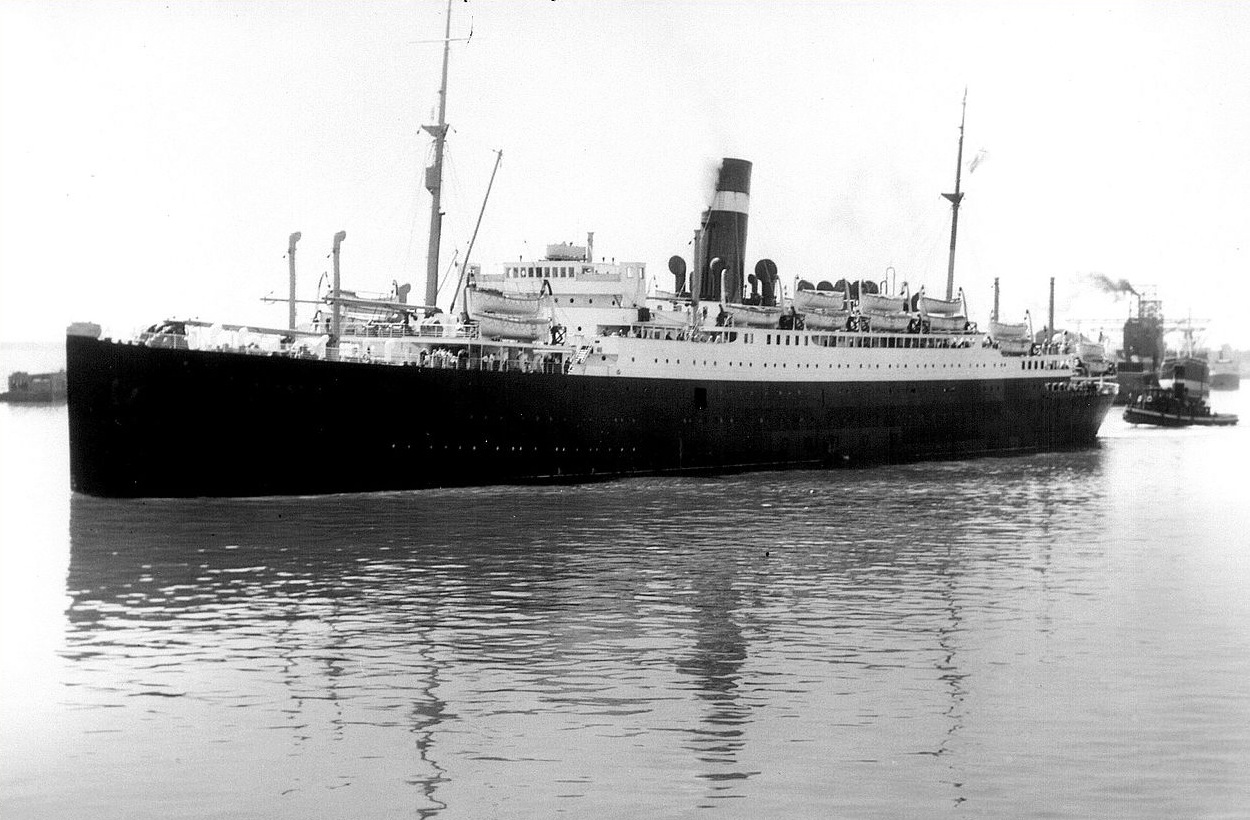

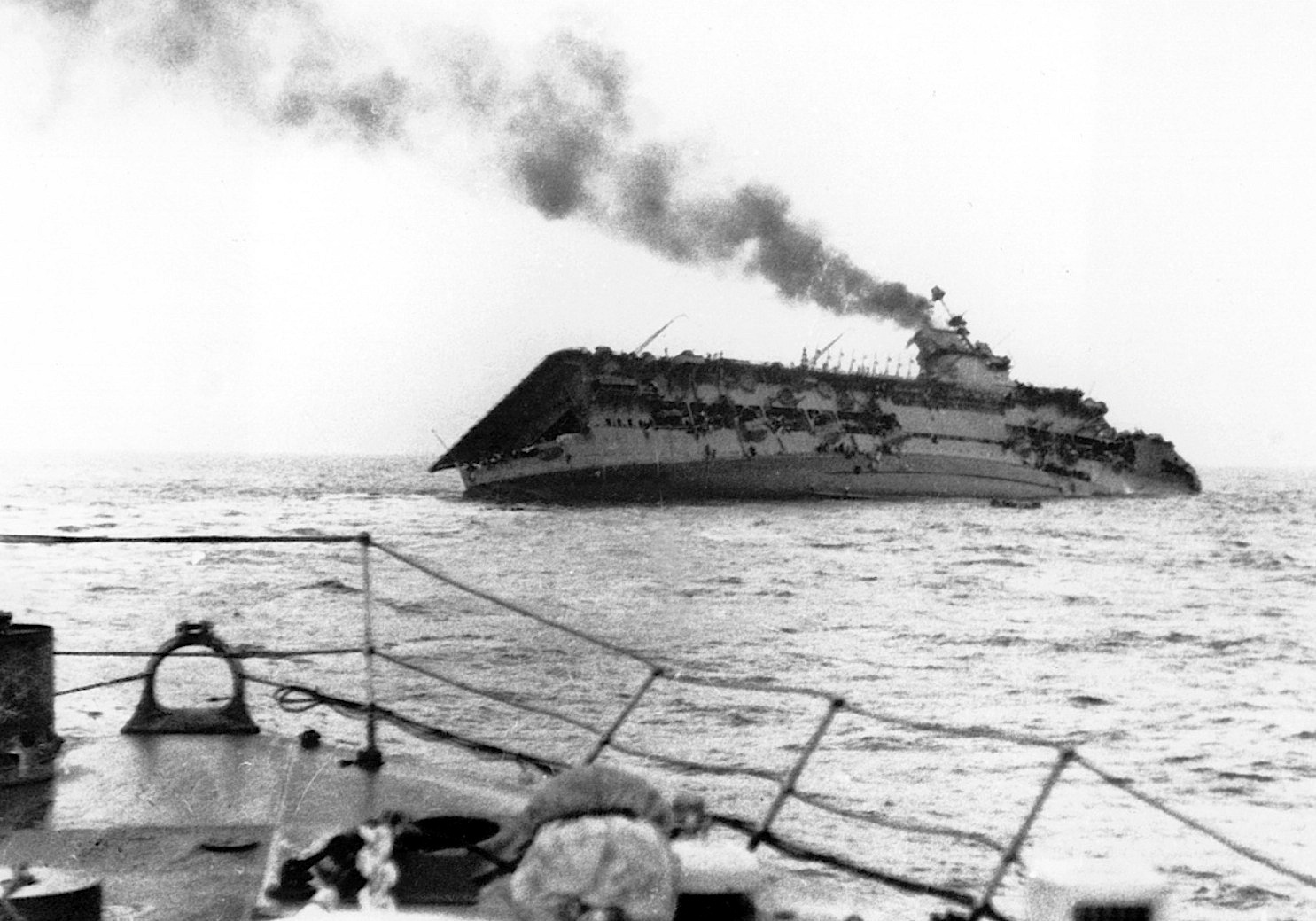
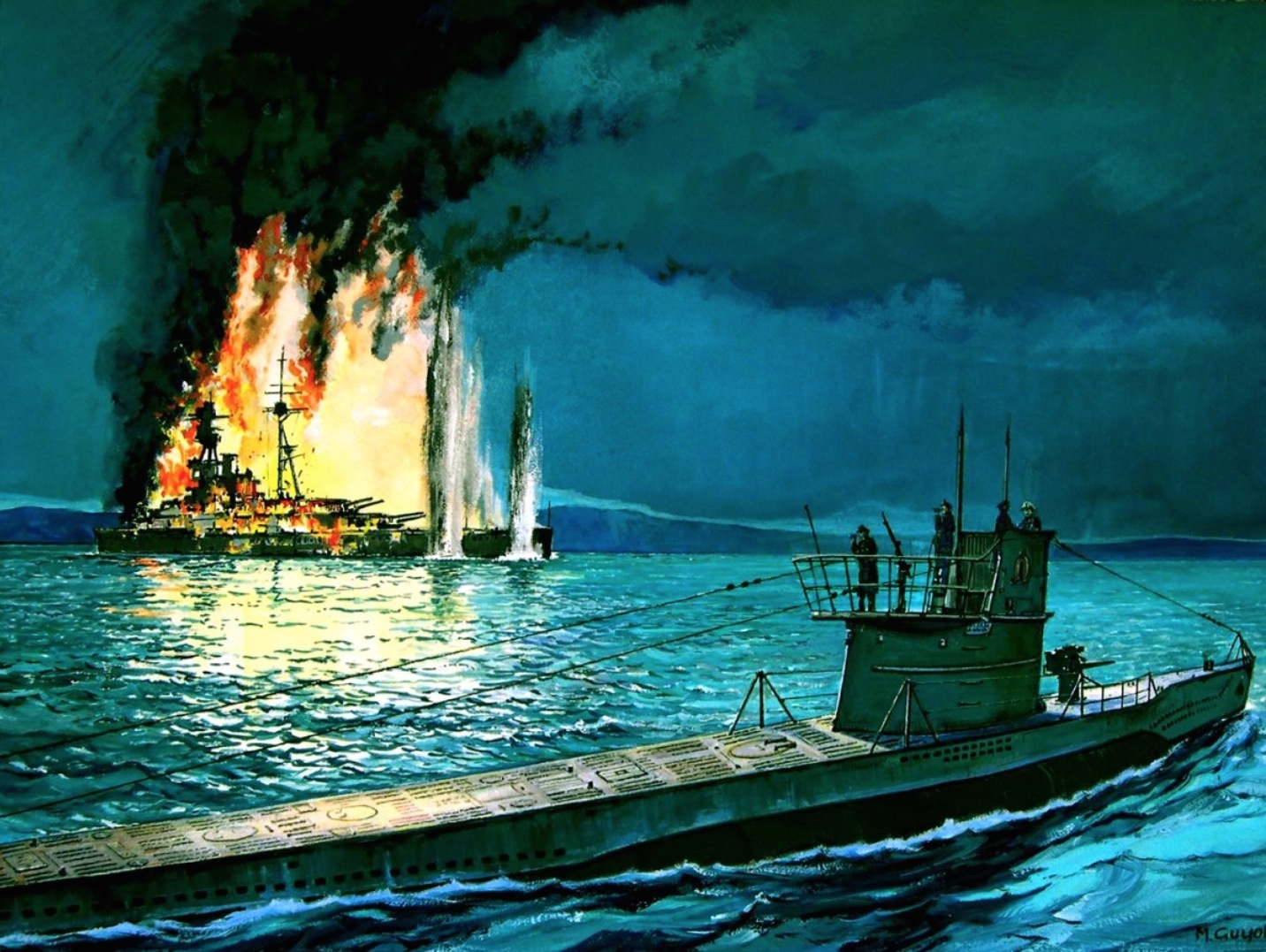
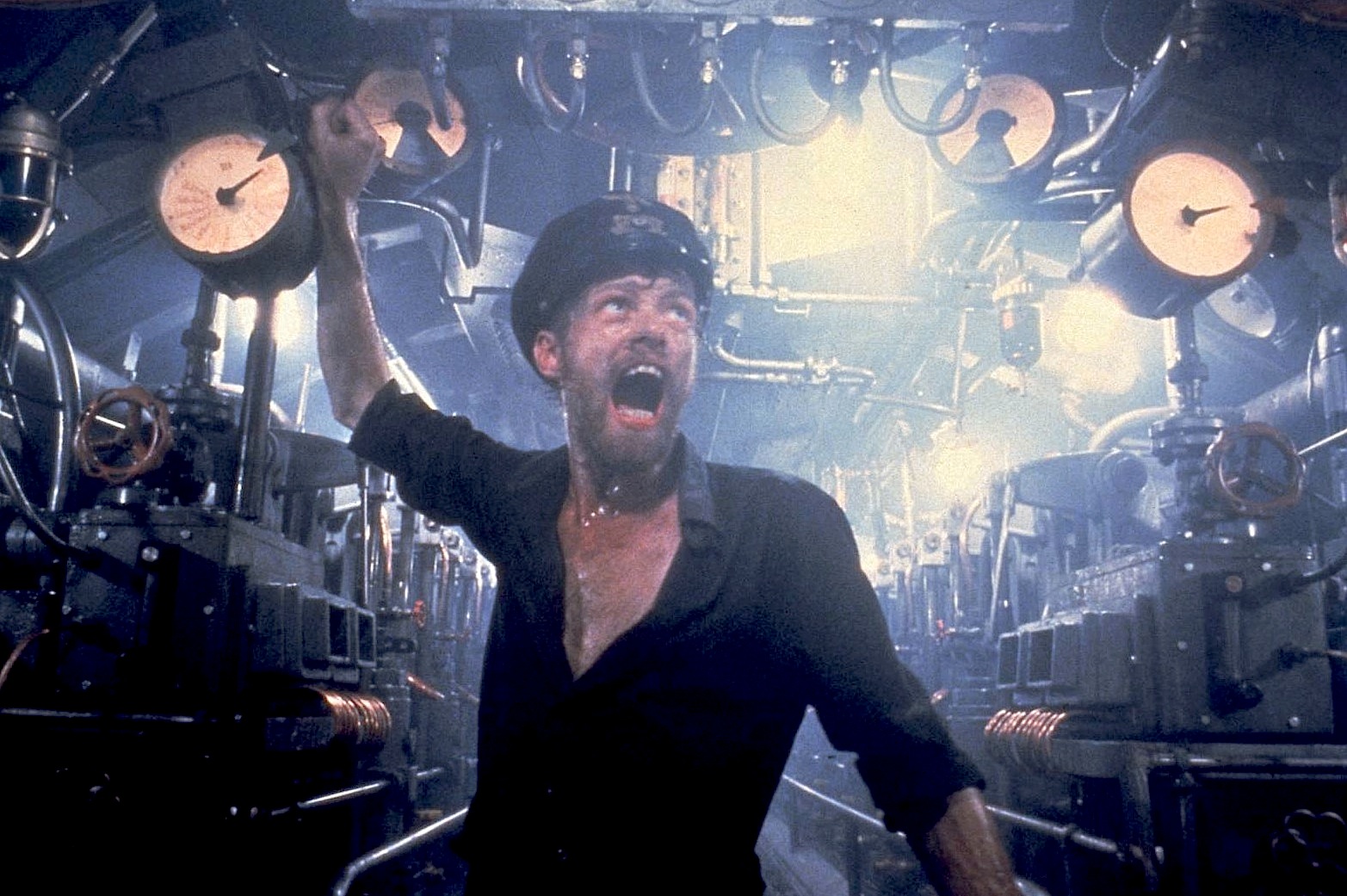
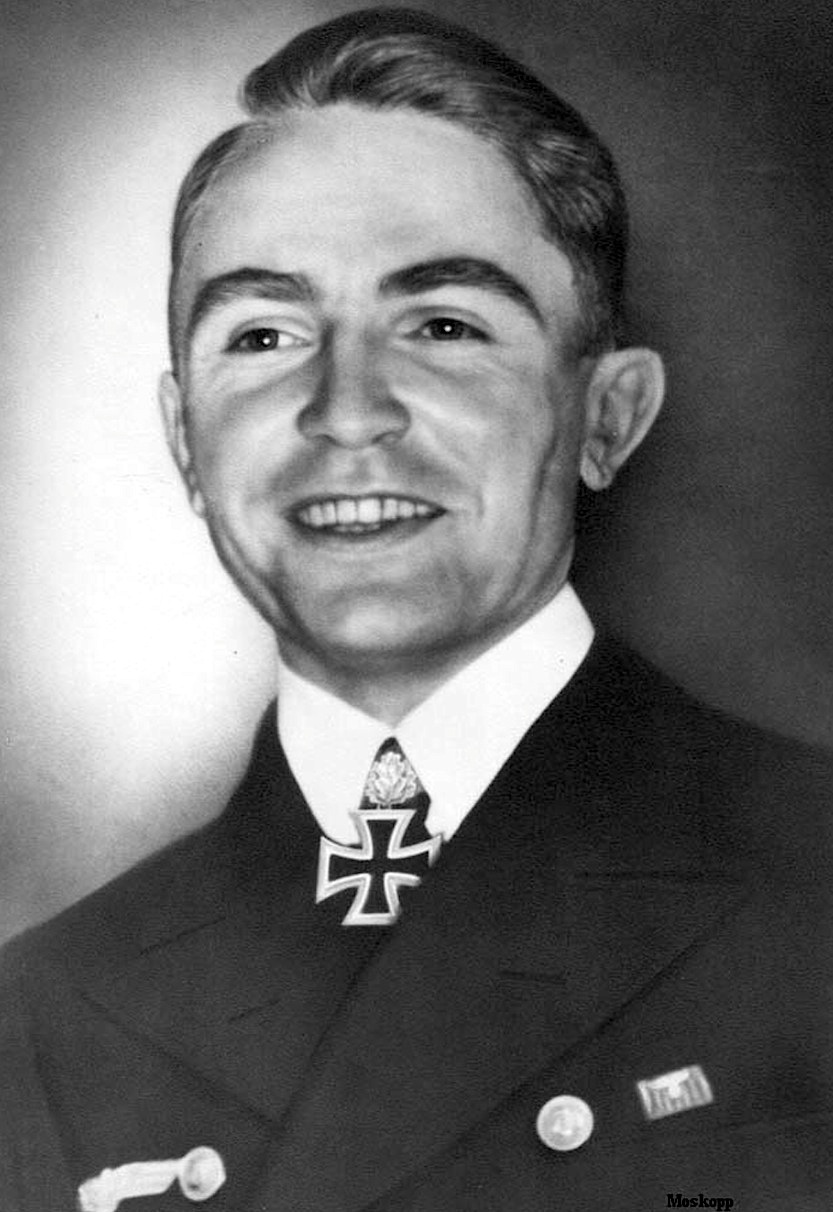
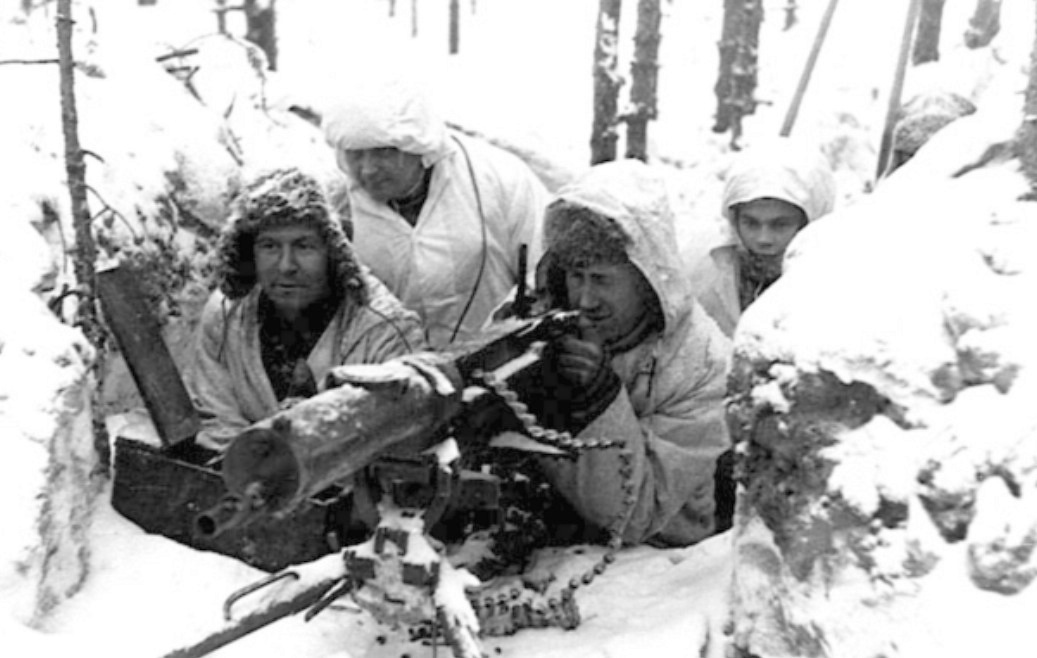



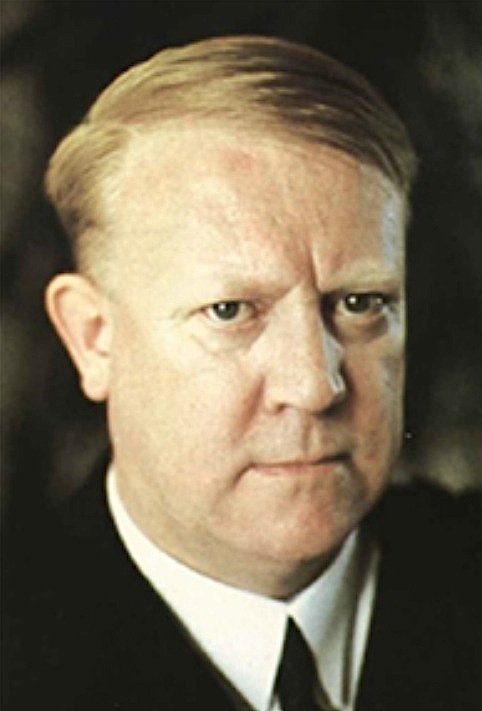
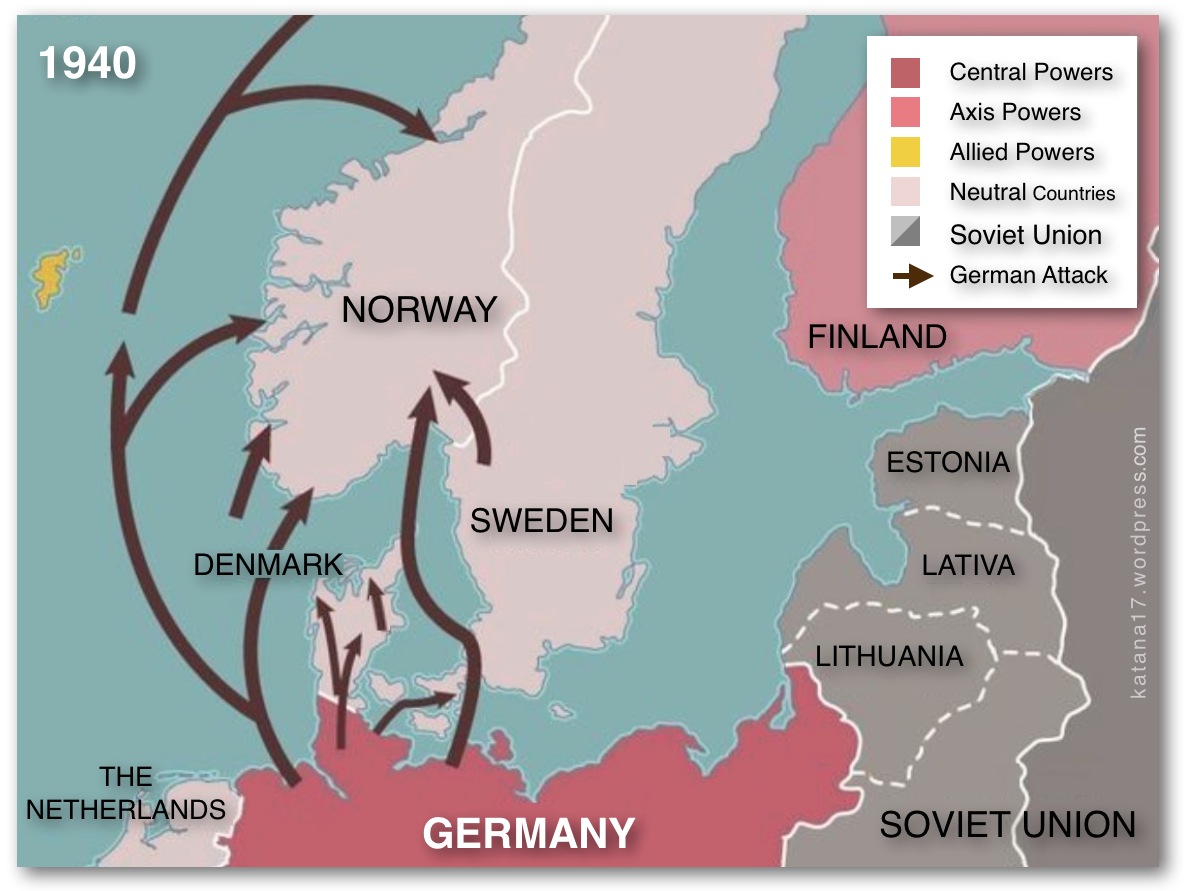

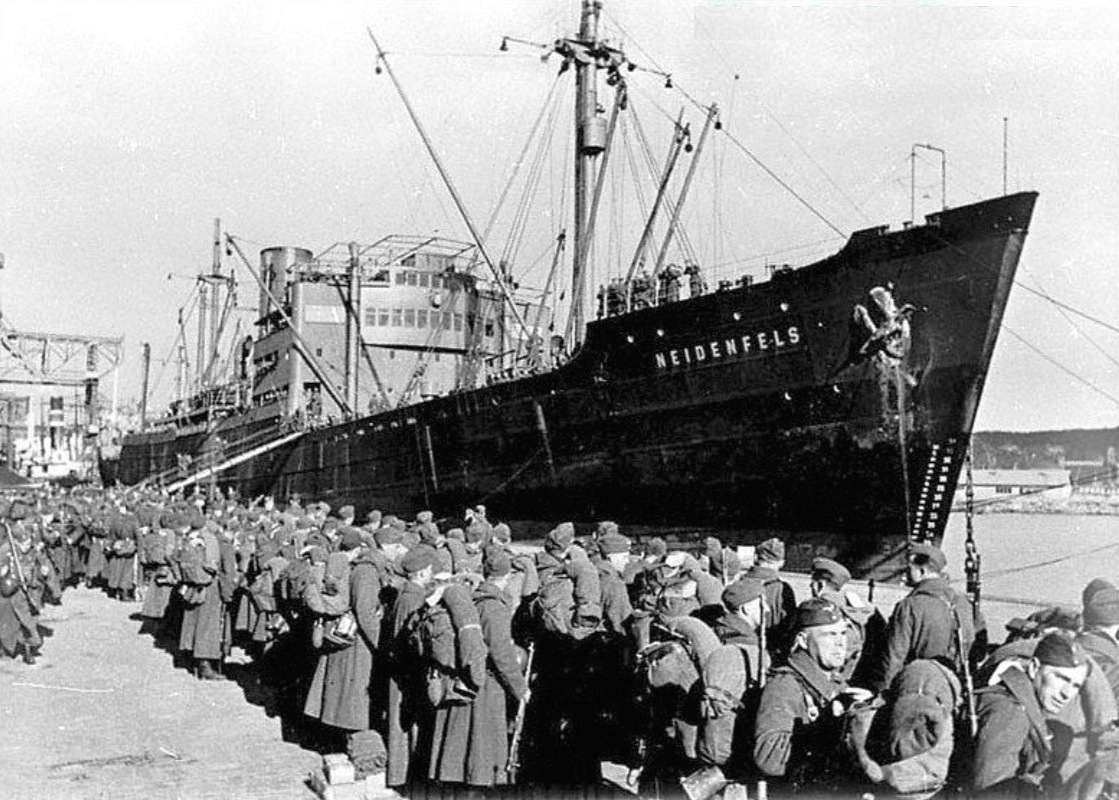


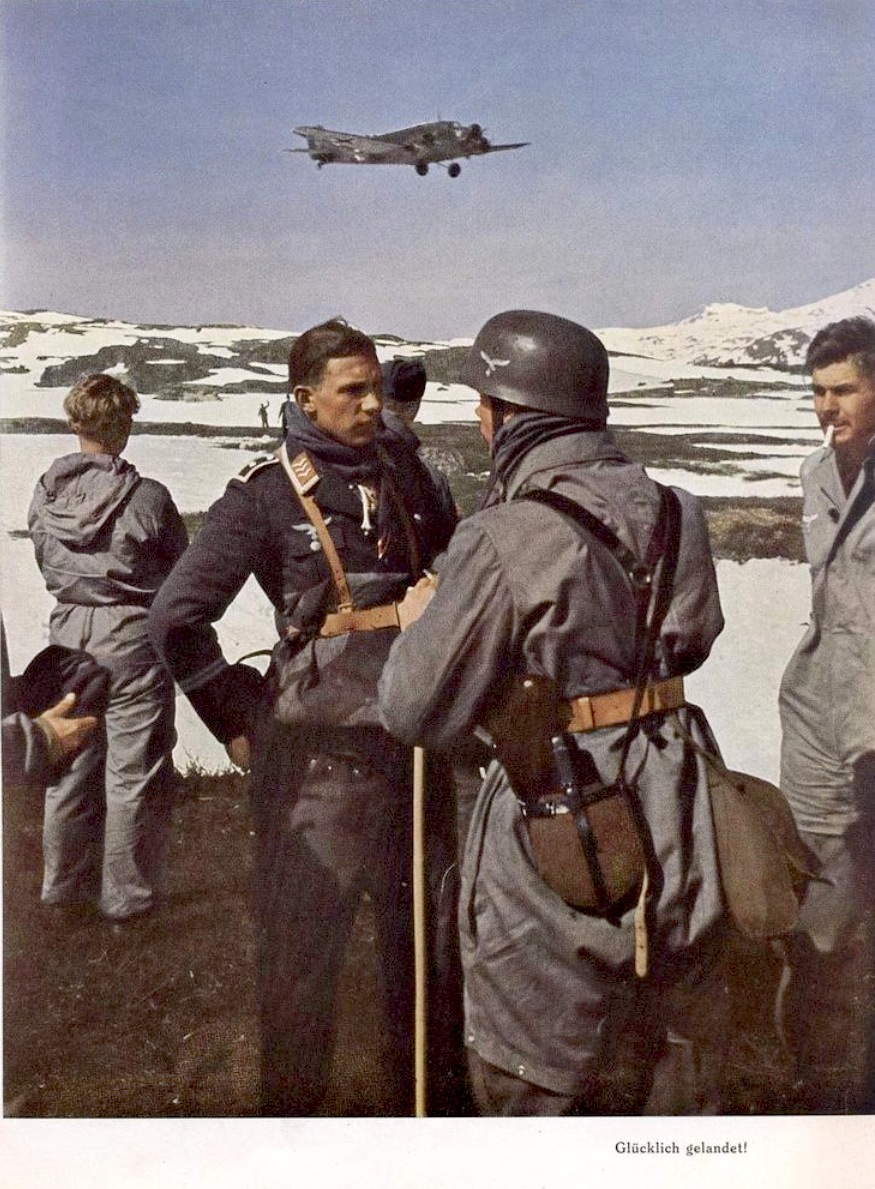
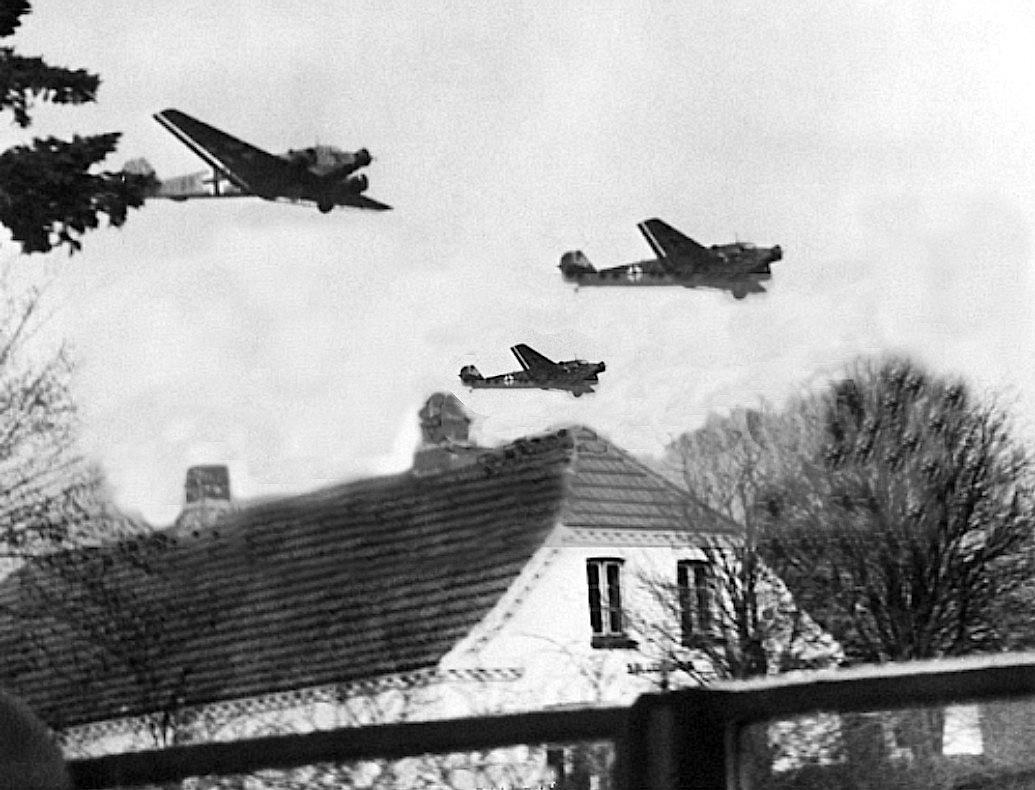



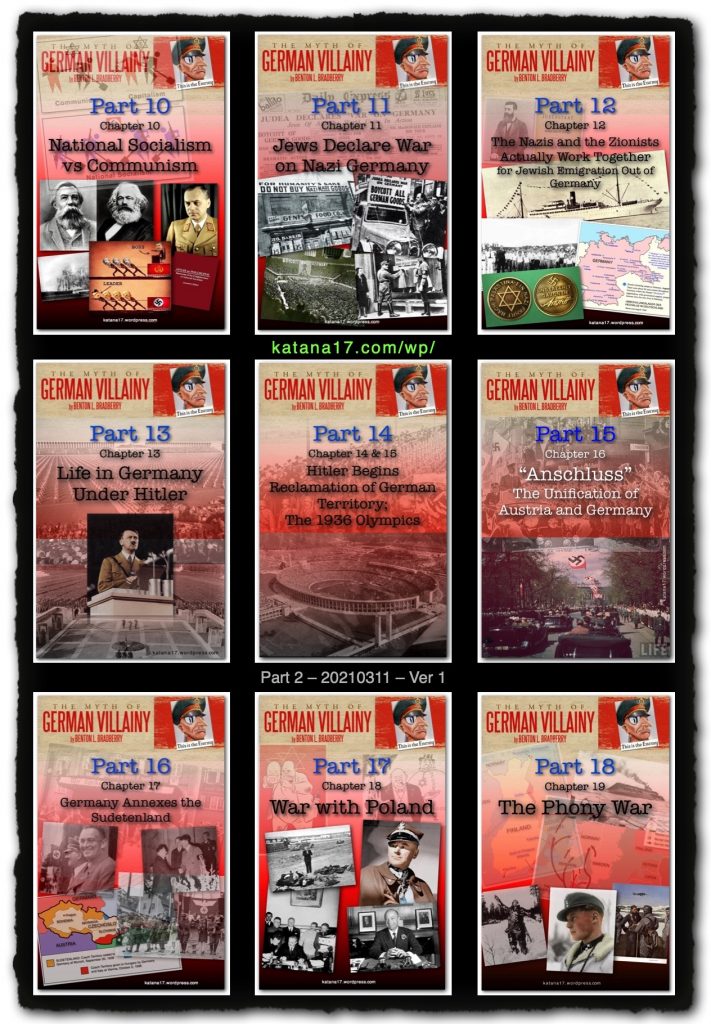

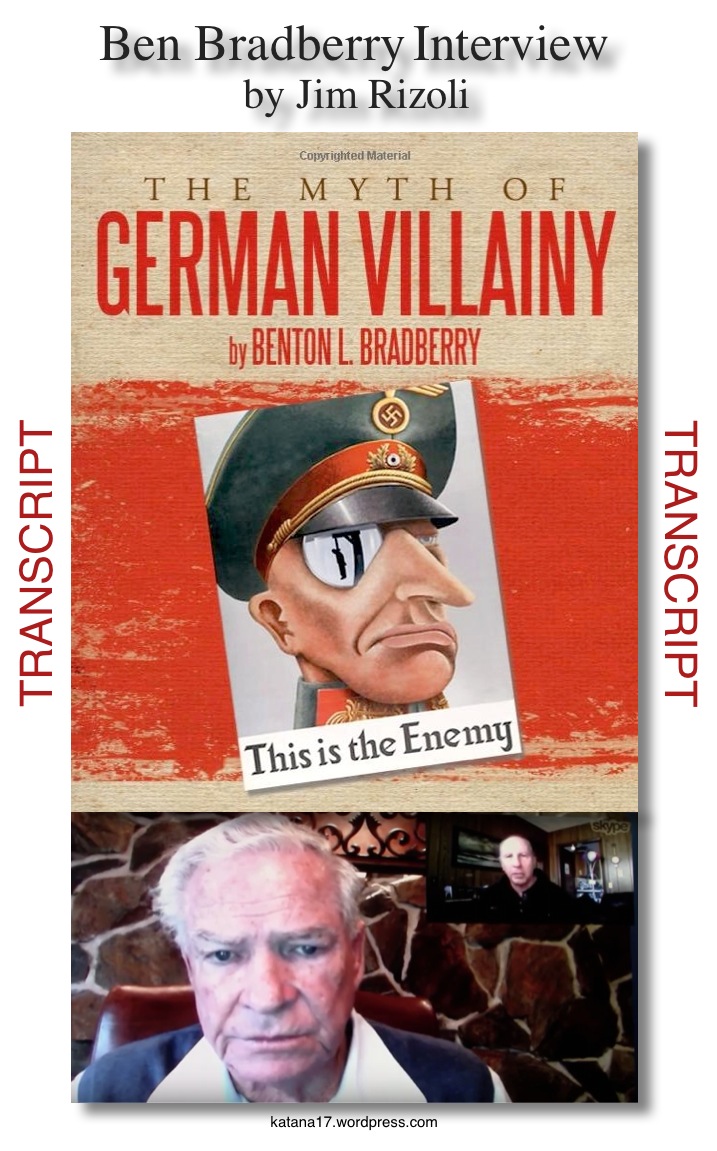
Pingback: Updates — Plain List - katana17katana17
Pingback: Book - The Myth of German Villainy - Part 08 - Jews in Weimar Germany - katana17katana17
Pingback: Book - The Myth of German Villainy - Part 02 - Aftermath of the War in Germany - katana17katana17
Pingback: Book - The Myth of German Villainy - Part 06 - The Bolshevik Revolution Spreads throughout Europe - katana17katana17
Pingback: Book - The Myth of German Villainy - Part 09 - Hitler and National Socialists Rise to Power - katana17katana17
Pingback: Book - The Myth of German Villainy - Part 21 - Germany as Victim - katana17katana17
Pingback: Book - The Myth of German Villainy by Benton Bradberry - Part 01 - katana17katana17
Pingback: Book - The Myth of German Villainy - Part 16 - Germany Annexes the Sudetenland - katana17katana17
Pingback: Book - The Myth of German Villainy - Part 15 - “Anschluss” The Unification of Austria and Germany - katana17katana17
Pingback: Book - Myth of German Villainy - Part 22 (last) - Winners and Losers - katana17katana17
Pingback: Book - The Myth of German Villainy - Part 03 - The Jewish Factor in the War - katana17katana17
Pingback: Book - The Myth of German Villainy - Part 05 - The Red Terror - katana17katana17